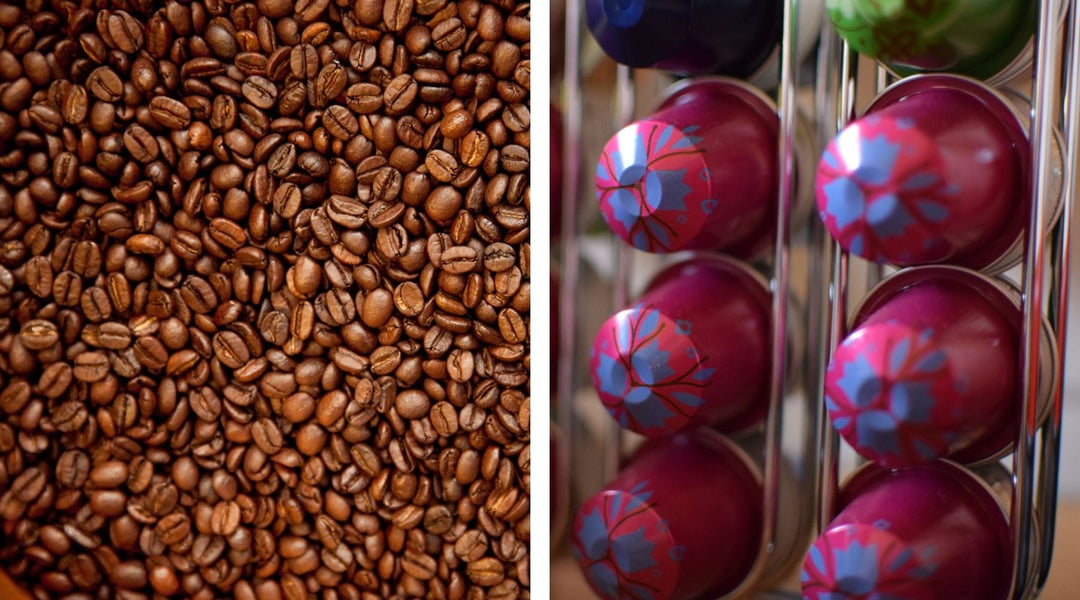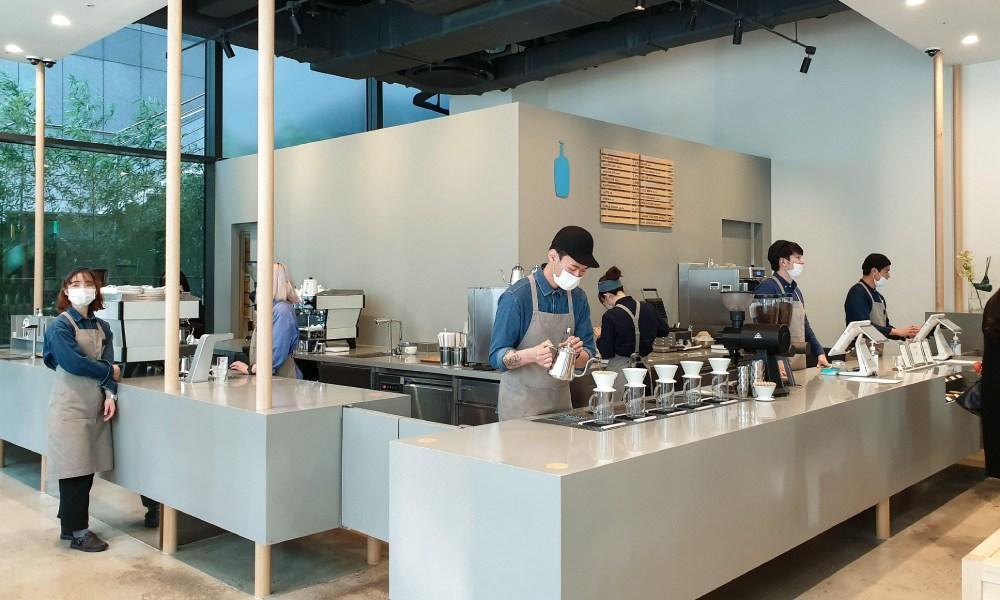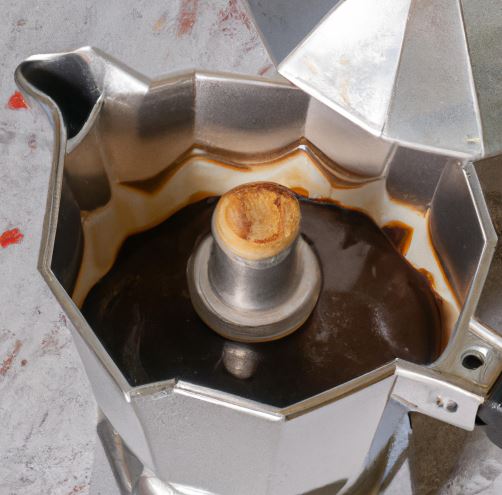Grinding Coffee & Why It's Important...
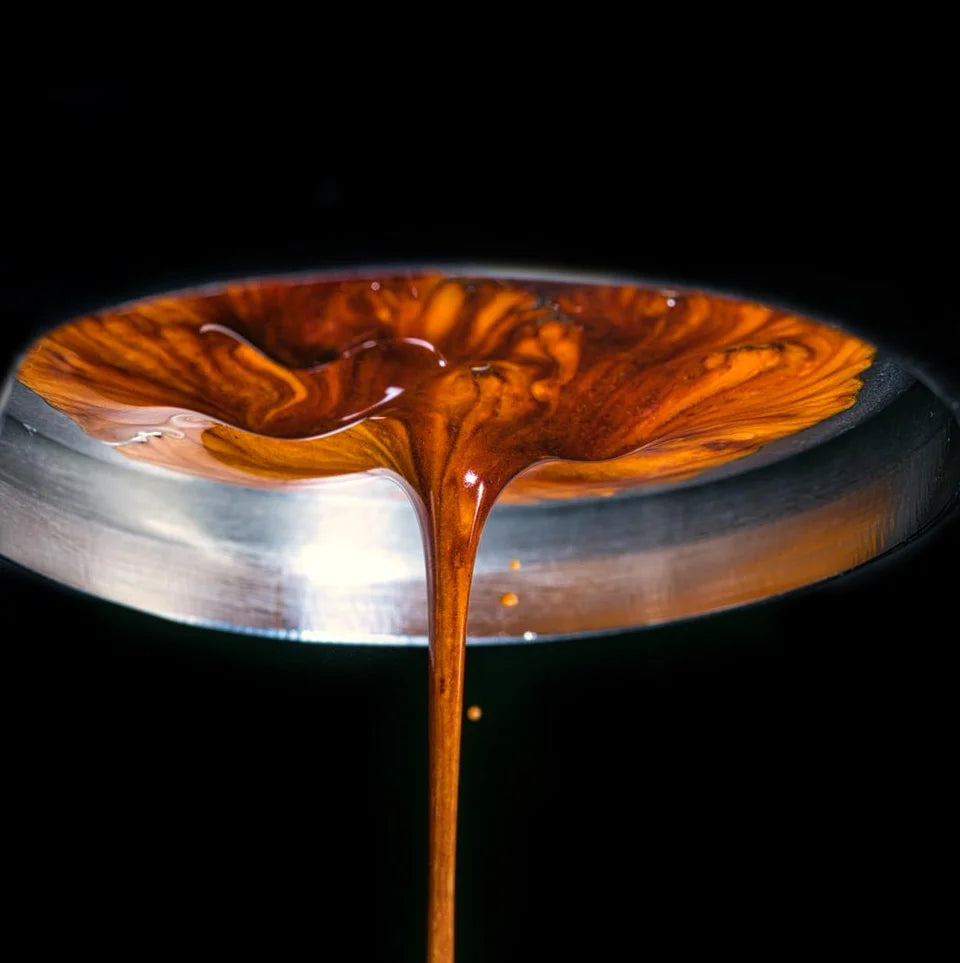
Grinding coffee beans properly is an essential step in the coffee extraction process, if not the most important. Without a good grind, the rest of the process is essentially useless if you’re after a good cup.
Grinding determines the size of the particles and their surface area, which affects how much flavor and aroma can be extracted from the beans, it alters the speed and distribution at which water passes through the grounds, resulting in a better cup of coffee. Grinding coffee beans is the most crucial part of making great-tasting coffee.
Different brewing methods require different grind sizes, and getting it wrong can lead to a subpar cup of coffee. With proper grinding techniques, you can achieve consistent results that yield flavorful cups every time. In order to extract the most flavor and aroma from your beans through a portafilter, you need to grind them finely enough that the surface area is fine and flat enough to produce a solid puck after extraction, yet course enough to allow water to flow through to the other side. The speed of water passing through the grounds includes a range of potential particle sizes.
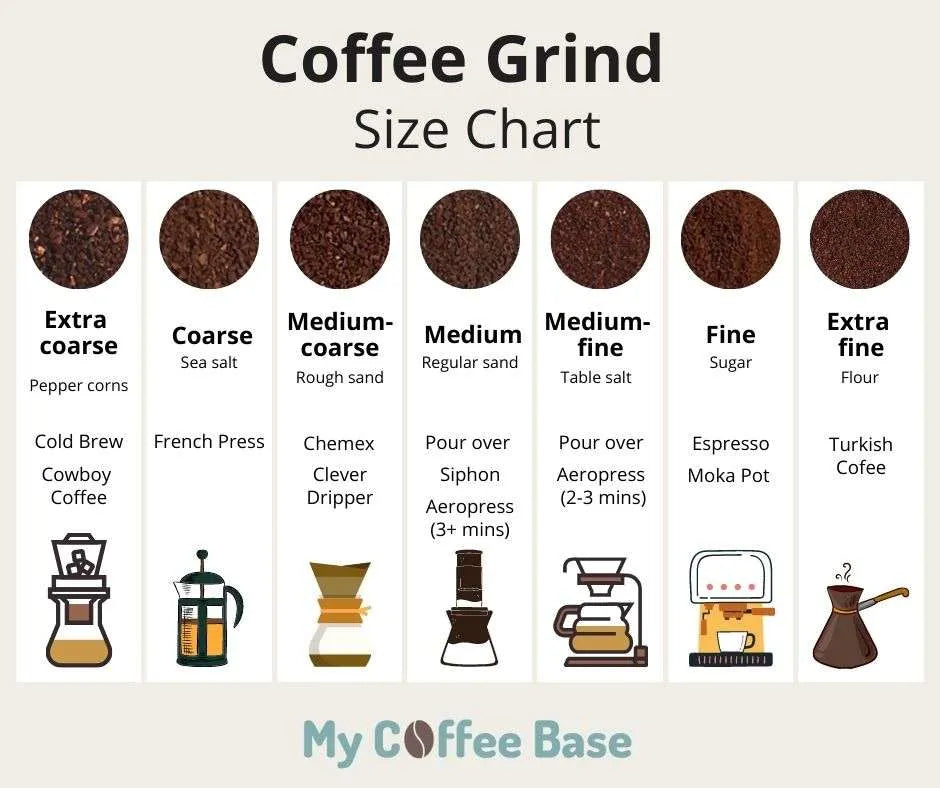
The larger a particle, the faster water can pass through, meaning that you need a finer grind size for extended brewing time. Optimal brewing time commonly sought after in cafes and restaurants favors a 6-7 second ‘drop time’ (from the press of the button to the fall of the water) and a 25-27 second finish time on the extraction. For optimal brewing time, grinders should be checked everyday in a commercial environment to ensure the best cup of coffee possible.
Moisture can affect the grind settings by making the beans more ‘difficult’ to grind and causing clumping or clogging of the grinder. However, there’s no way to completely escape moisture, it’s very important to make sure you adjust your settings WITH the weather. The moisture can affect the flavor of your beans too. Be sure to store your coffee in a COOL and DRY place, no that doesn’t mean your fridge. Ideal storage is out of direct sunlight with the aforementioned qualities present, basically your pantry. If you are using freshly roasted beans, the moisture content should be lower than if you are using pre-ground coffee. Adjusting the grind settings to a coarser setting can help reduce any issues caused by moisture.
Brewing methods such as a French Press or more commonly known as a Plunger, have a far more course grind than say an Espresso grind. This is due to the amount of time the water spends in the coffee. Espresso grinds are more of an in & out perspective as opposed to Plunger which requires the coffee to sit in the water for a little before being filtered to the bottom of the container through a strainer, the ‘press’ portion of it’s name if you will.
The most accurate extraction of coffee is achieved by using a Portafilter or Espresso Machine. It has been narrowed down to a literal science between time and size to give the best possible outcome. As mentioned before, most professional baristas strive for the optimal brewing time for the most flavorful and in depth cup of coffee possible. This is achieved through consistently keeping the grind set in with the weather and testing the drop time. Before the machine has even finished it’s extraction you will be able to tell whether you’ve gone too course to too fine by the time it takes for the coffee to leave the portafilter after the button is pressed.
Although grind sizes vary between brewing methods, it also varies between beans. Each coffee bean has it’s own grind size too, it can vary depending on the roast level. There is generally no one type of grind size for an espresso machine. There is a general direction in which roasters will go when selling their beans online and it will be on the finer side, but the best grind will always come from doing it yourself and testing for the optimal brewing time.
So I’ll leave you with this question…
Have you checked your grinder lately?


